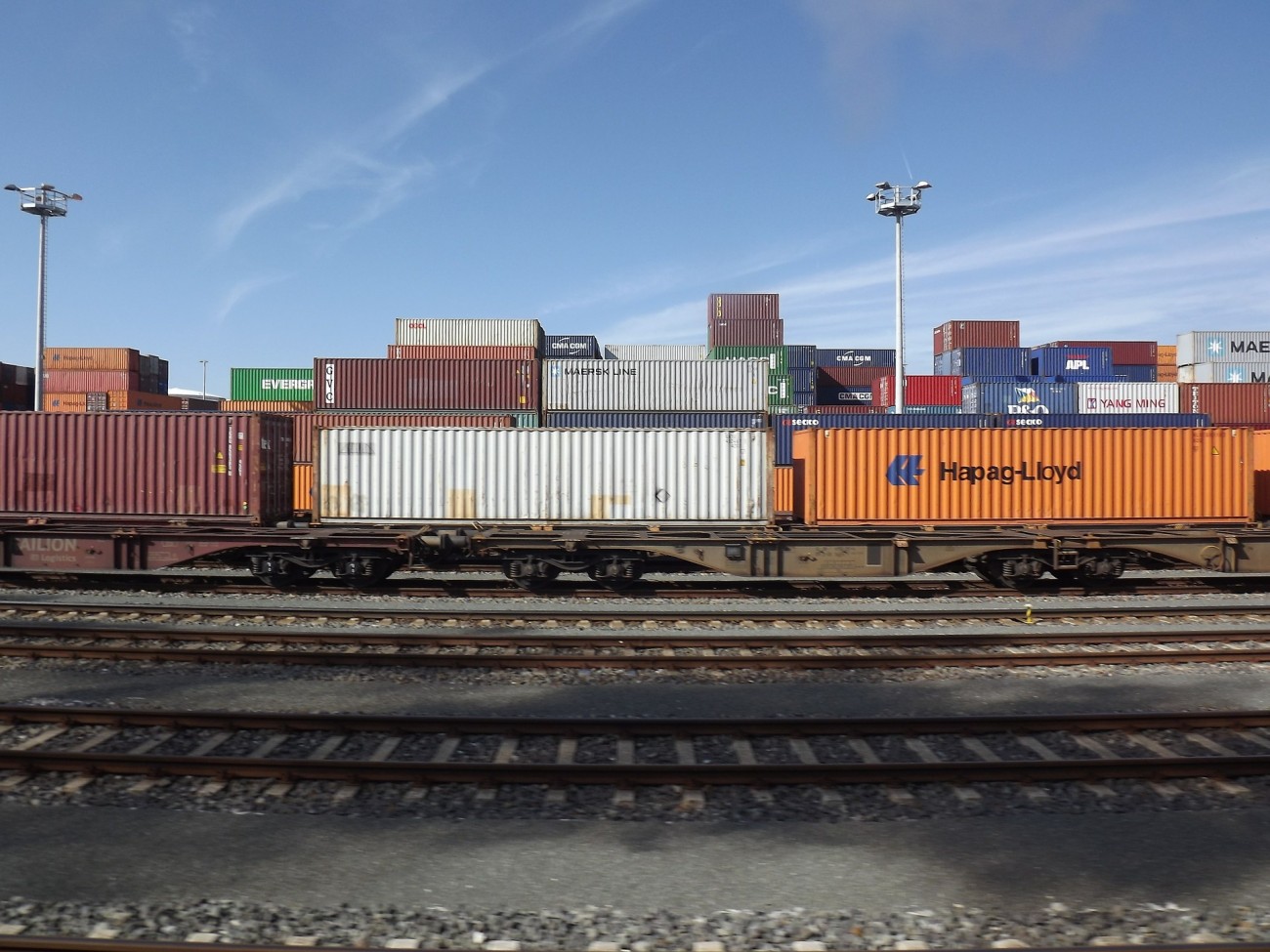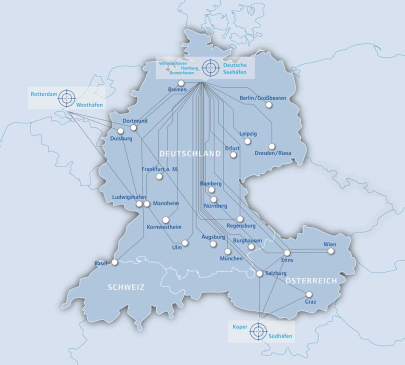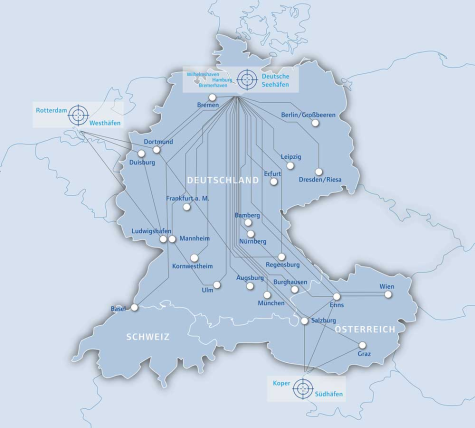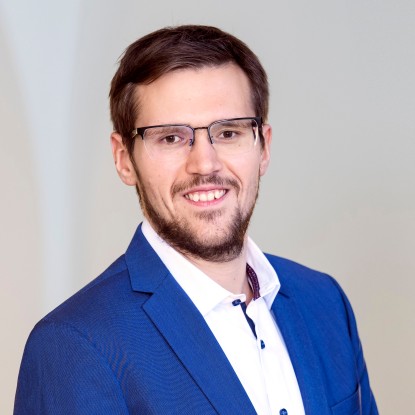The volume of containers transported in maritime shipping is constantly increasing (Statista 2019). As a result, the number of containers transported from and to seaports are increasing likewise causing capacity bottlenecks in hinterland transportation. Due to its high transport efficiency and environmental friendliness intermodal transport by rail is an attractive alternative to road-only freight transport. To further increase transport volumes by rail, intermodal operators must continuously improve the services they offer, especially regarding comprehensive network coverage. One way to realise such an extension of the existing transport network is to identify new hubs and integrate them into the existing schedule.
In the Pinto 3 project – strategic network extension considering various demand scenarios – the Chair of Management and Logistics, together with TFG Transfracht, is investigating the integration of western ports (e.g. Rotterdam, Antwerp) and southern ports (e.g. Koper, Trieste) into the existing TFG transport network. The major challenge consists in selecting locations for new hubs and in integrating them into the existing schedule. From a scientific point of view this results in an integrated hub location and service network design problem. These two problems are typically investigated independently of each other. However, this neglects the dependencies of the two problems. The aim of the project is therefore to determine an optimal network configuration by investigating the integrated hub location and service network design problem and applying it to the TFG transport network.
Key Data:
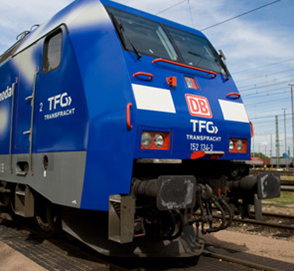
Period: March to December 2020
Partners:
- Deutsche Bahn AG
- TFG Transfracht Internationale Gesellschaft für kombinierten Güterverkehr mbH
Project lead: Johannes Rentschler

